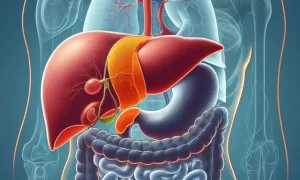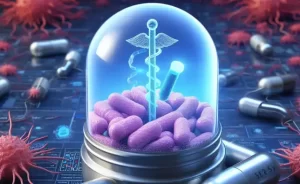Female benign breast disease: papillary apocrine hyperplasia
- Normal Liver Cells Found to Promote Cancer Metastasis to the Liver
- Nearly 80% Complete Remission: Breakthrough in ADC Anti-Tumor Treatment
- Vaccination Against Common Diseases May Prevent Dementia!
- New Alzheimer’s Disease (AD) Diagnosis and Staging Criteria
- Breakthrough in Alzheimer’s Disease: New Nasal Spray Halts Cognitive Decline by Targeting Toxic Protein
- Can the Tap Water at the Paris Olympics be Drunk Directly?
Female benign breast disease: papillary apocrine hyperplasia
Female benign breast disease: papillary apocrine hyperplasia. Papillary apocrine hyperplasia does not increase the risk of breast cancer. In rare cases, these changes may occur with breast cancer.
Papillary apocrine hyperplasia is a rare disease that involves cells inside the ducts (epithelium) of the breast. There is a type of overgrown cell with the characteristics of “apocrine”, which means that the gel-like substance (called cytoplasm) that fills the cell is granular.

Papillary apocrine hyperplasia does not increase the risk of breast cancer. In rare cases, these changes may occur with breast cancer. They may also occur with other benign diseases that may increase the risk of breast cancer in the future, such as radial scars and atypical hyperplasia. However, the self-discovered changes in the papillary apocrine glands do not pose any additional risks.
If you are diagnosed with papillary apocrine changes, make sure that the pathologist (the doctor who checks the cell sample for diagnosis) can rule out any possibility of cancer. As the changes in apocrine glands are difficult to classify, it is recommended to seek consultation with another pathologist and give a second opinion.
(source:internet, reference only)
Disclaimer of medicaltrend.org



